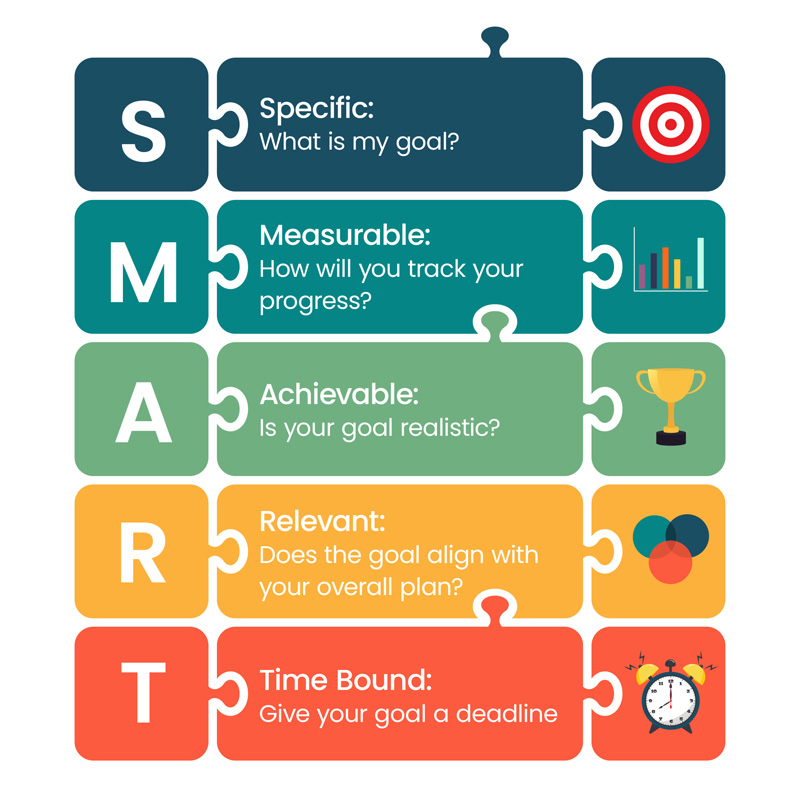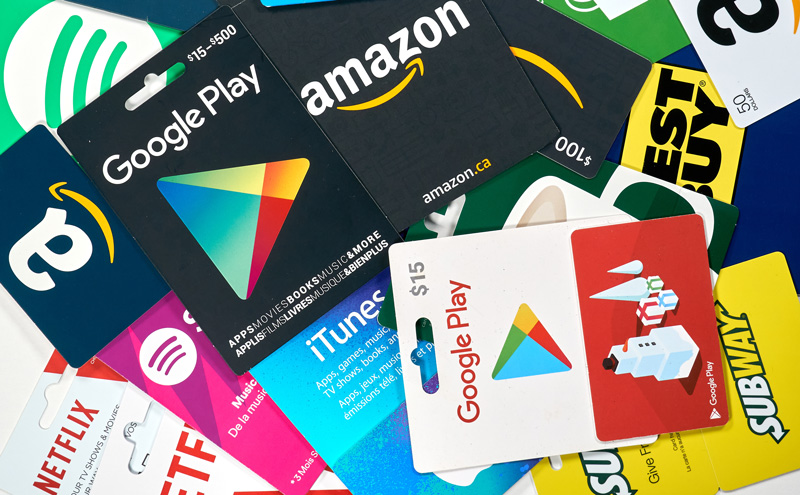Sales Performance Incentive Funds (SPIFFs) have long been a go-to strategy for companies looking to drive short-term boosts in sales. By offering carefully designed, high-impact rewards, you can spur your sales team to focus on specific objectives—whether it’s promoting a new product, targeting a certain region, or hitting an end-of-quarter goal. However, the true power of a SPIFF program lies in its design. A well-crafted plan aligns with broader sales objectives, clarifies metrics for success, and keeps participants motivated.

In this blog, we’ll walk you through a step-by-step framework to create a high-impact SPIFF program for your sales team. We’ll also highlight common pitfalls and show you how to avoid them. For an all-encompassing look at SPIFF programs, be sure to check out our: “The Ultimate Guide to SPIFF Programs: Boosting Sales Performance”. 🔗
1. Define Clear Objectives
Your first step is to set the foundation by defining exactly what you hope to achieve with your SPIFF program. Vague or overly broad goals can dilute the program’s effectiveness and leave your sales team confused.

- Sales Targets: Are you aiming to increase sales of a particular product line or overall revenue by a certain percentage?
- Market Penetration: Perhaps you want to capture a larger share of a specific regional or demographic market.
- Cross-Selling or Upselling: You might target an increase in complementary product sales.
Pro Tip: Write down your objectives and ensure they are SMART (Specific, Measurable, Achievable, Relevant, Time-bound). This clarity will guide every subsequent decision in your SPIFF design.
2. Identify Your Target Participants
Not all SPIFF programs need to be open to everyone on the sales team. Depending on your goals, you can tailor the program to specific groups:
- All Sales Representatives: If your goal is broad (e.g., boosting overall quarterly revenue), open it to everyone.
- Specific Teams or Roles: If you need to push product demos, you might focus on inside sales who handle initial customer outreach.
- Channel Partners or Distributors: For companies relying on third-party resellers, a SPIFF can incentivize external partners to prioritize your products.
Why It Matters: When participants feel the SPIFF is relevant to their day-to-day work, they’re more likely to engage and strive for the reward.
3. Choose the Right Rewards
The reward mechanism can make or break a SPIFF program’s success. Gone are the days when cash bonuses were the only option. Today’s organizations use a variety of reward types to motivate diverse teams:

- Cash Bonuses: Straightforward and universally appreciated, but can blend into regular compensation if not distinctly celebrated.
- Prepaid Debit Cards: Offer flexibility and a sense of “fun money” that stands out from a typical paycheck.
- Exclusive Experiences: Event tickets, weekend getaways, or VIP experiences can be memorable and highly motivating.
- Gift Cards (Physical or Digital): Perfect for giving recipients the freedom to choose, which boosts perceived value.
🔗 To dive deeper into these choices and see which types of rewards fit different scenarios, check out “Top Mistakes to Avoid When Designing SPIFF Incentives” for tips on ensuring rewards resonate.
4. Establish Clear Rules & Communication
One of the most frequent reasons SPIFF programs fail is poor communication. If the rules are murky or the timeline is unclear, participation and morale can suffer.
- Spell Out Requirements: Make it easy to understand how to qualify for rewards (e.g., “For every 10 units sold within a month, you earn a $50 bonus”).
- Set Precise Deadlines: Define the SPIFF’s start and end dates. If certain conditions apply (like product bundles), detail them clearly.
- Communicate Frequently: Use email updates, Slack channels, and dashboard reminders to keep your team in the loop on their progress.
Pro Tip: Consider creating a quick-reference guide or landing page for your SPIFF. The easier it is for participants to grasp the rules, the more engaged they’ll be.
5. Implement Tracking and Reporting Systems
Timely and accurate tracking is vital for maintaining trust and encouraging healthy competition. By leveraging automation, you can reduce manual errors and ensure immediate feedback.
- CRM Integration: Connect your SPIFF metrics (e.g., deals closed, units sold) to a CRM like Salesforce or HubSpot.
- Real-Time Dashboards: Provide sales reps with live data on their progress. A dynamic leaderboard can spur additional competition.
- Reporting Frequency: Send weekly or bi-weekly updates summarizing standings and highlighting top performers.
🔗 For more guidance on the tech side, check out “Best Software Solutions for Managing SPIFF Programs”.
6. Launch and Monitor Performance
When it’s time to launch, make a big splash. Host a short kick-off meeting or send a well-designed email campaign announcing the SPIFF, focusing on the value of participation and the tangible benefits your sales reps can earn.
- Mid-Campaign Checkpoints: Schedule these to tweak any underperforming elements—like a reward that isn’t resonating or an unclear rule.
- Open Feedback Channels: Encourage reps to voice concerns or ask questions. This feedback can be invaluable for improving not only the current SPIFF but also future ones.
7. Celebrate Success and Distribute Rewards Quickly

A crucial part of reinforcing the desired sales behavior is timely reward distribution. If winners have to wait weeks for their incentives, the impact diminishes.
- Public Acknowledgment: Announce winners in a team meeting or newsletter. Celebrate their contributions and results.
- Immediate Fulfillment: Hand out gift cards or deposit bonuses as soon as the SPIFF period ends. This cements the connection between achievement and reward.
- Highlight Lessons Learned: Reflect on what worked well, what could be improved, and how you’ll apply those insights in the next SPIFF.
8. Measure ROI and Collect Feedback
Your SPIFF program’s lifecycle doesn’t end once rewards are handed out. Measuring its effectiveness is essential for fine-tuning future initiatives.
- Compare Sales Figures: Look at baseline performance before the SPIFF vs. during or after.
- Engagement Metrics: How many reps participated? How many reached their targets?
- Budget Analysis: Did the program’s cost outweigh the incremental revenue? For detailed advice, explore 🔗 “SPIFF Program Budgeting: How to Maximize ROI”.
Feedback Loop: Ask participants for input on rewards, rules, and any friction points. This insight can help you refine and improve subsequent SPIFFs.
Conclusion
A high-impact SPIFF program is not just about dangling a carrot—it’s about crafting an experience that aligns with your company’s goals, resonates with participants, and delivers measurable results. By following these eight steps—defining objectives, targeting the right participants, selecting compelling rewards, communicating clearly, tracking diligently, celebrating success, and measuring ROI—you’ll be well on your way to creating a SPIFF program that truly excites your team and boosts your bottom line.
Ready to dive deeper? Be sure to check out our: “The Ultimate Guide to SPIFF Programs: Boosting Sales Performance” and other related articles in our SPIFF content cluster.
Explore the Power of SPIFFs with All Digital Rewards—Let’s Start a Conversation Today!